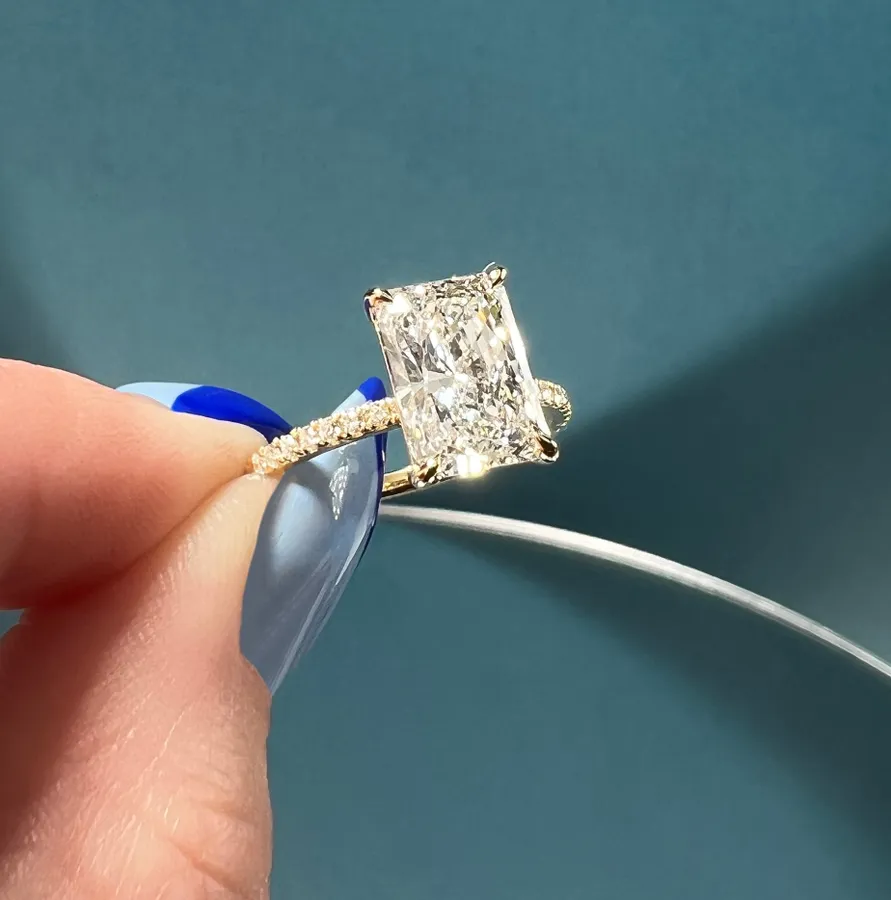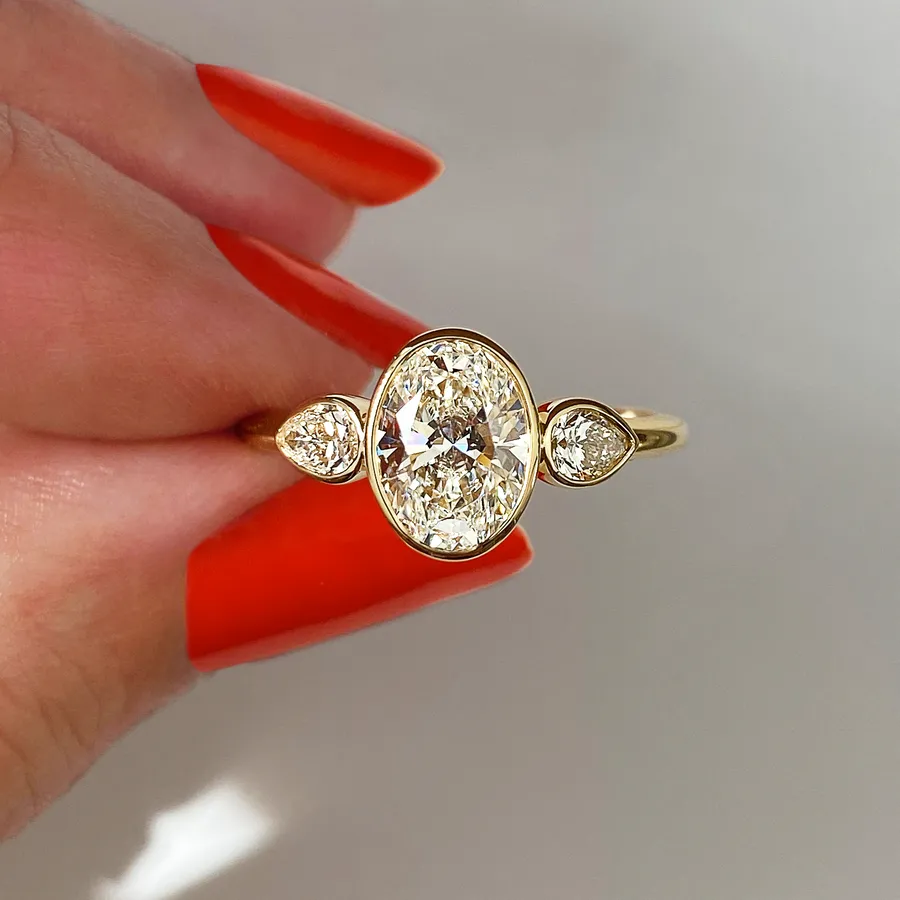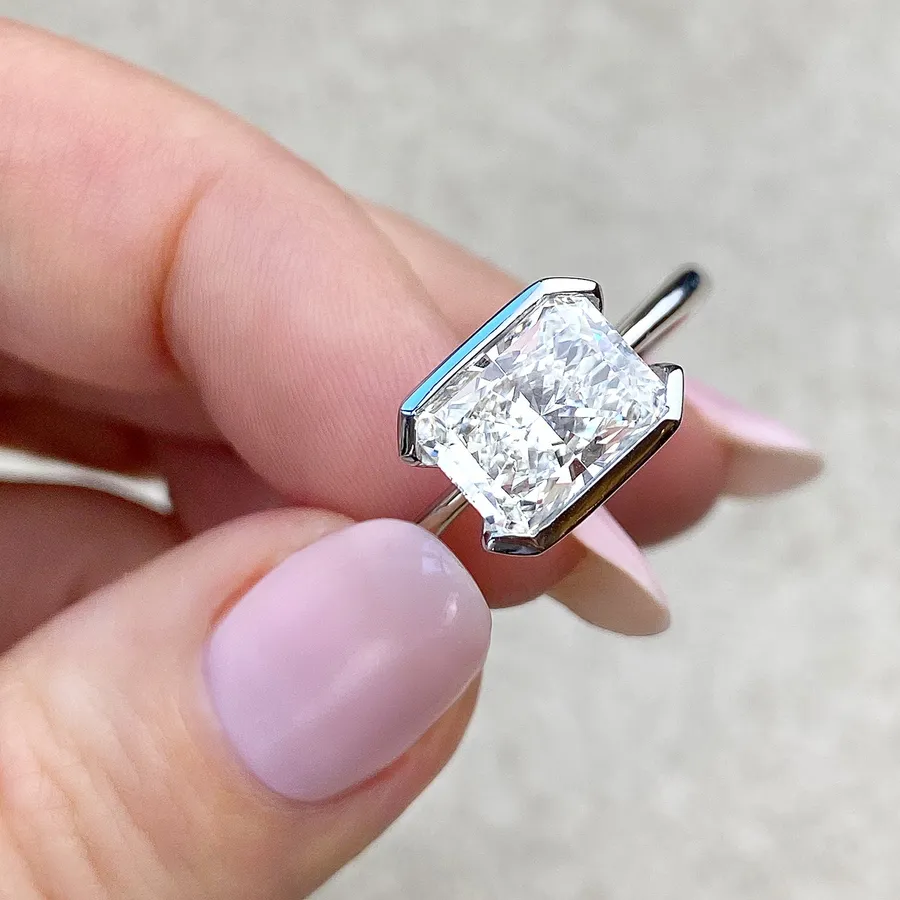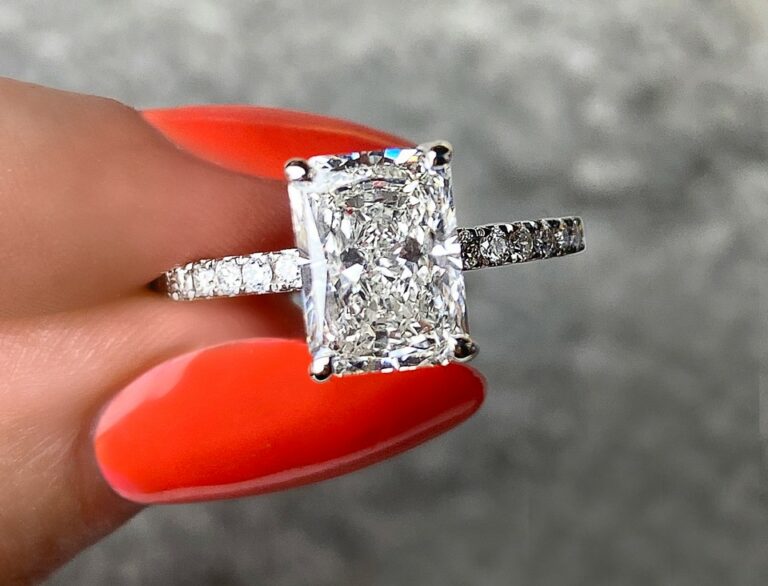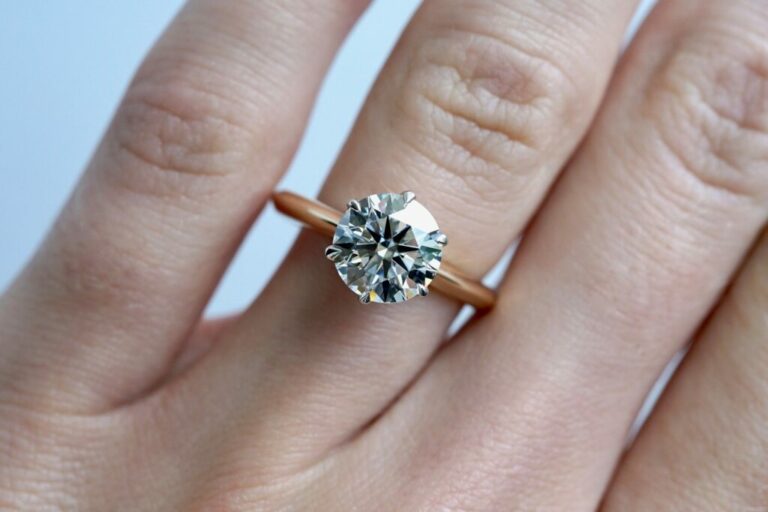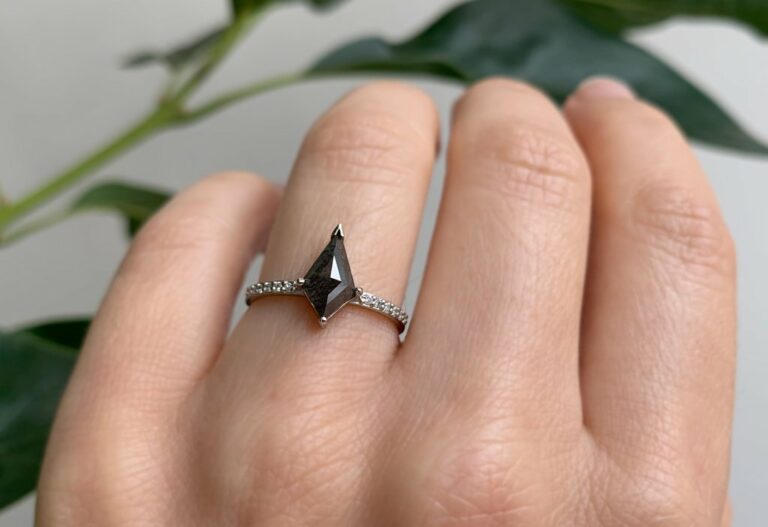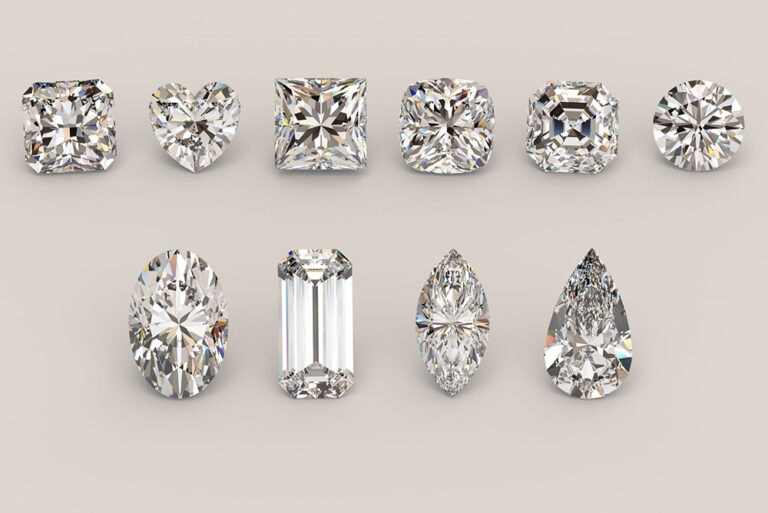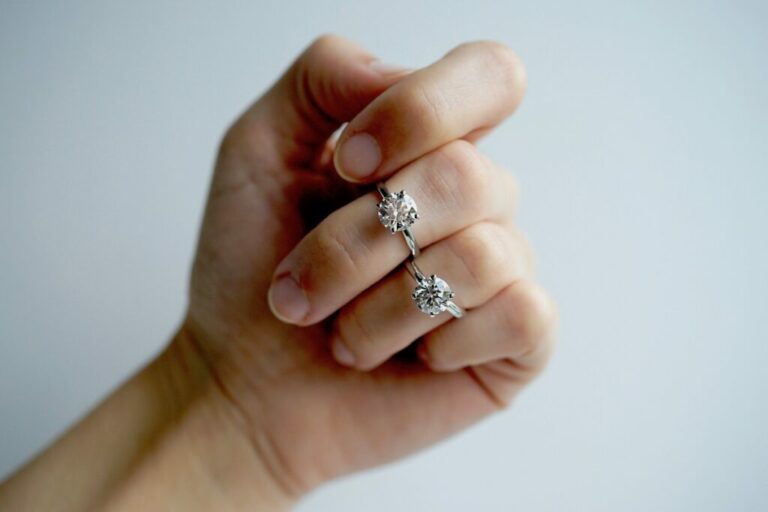What is a VVS diamond and is it worth the cost?
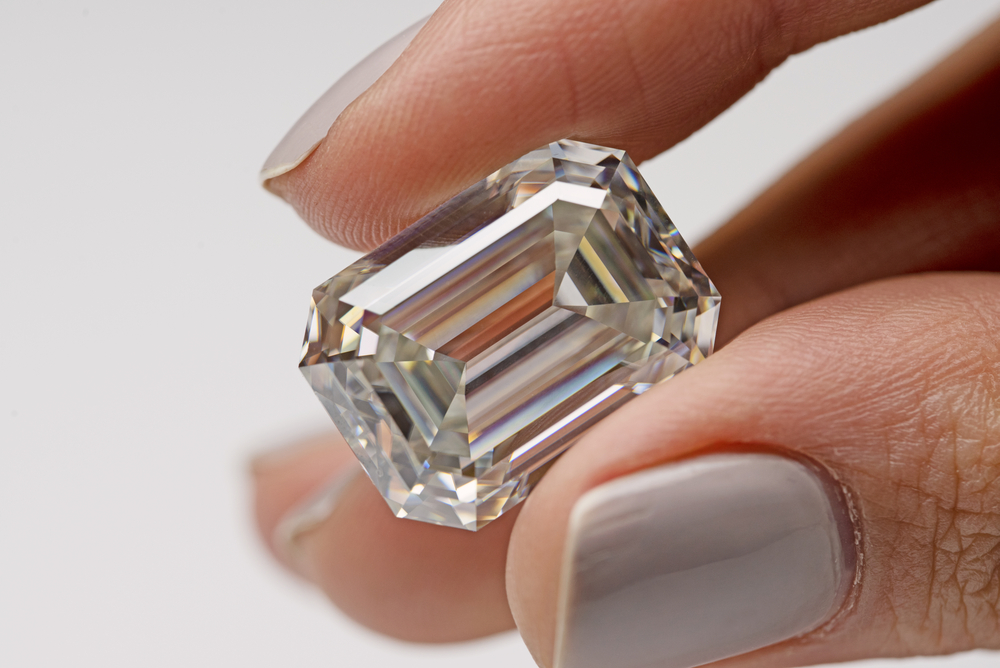
By Joe Liebenberg
You have been told to buy a VVS diamond – but do you really know what they’re all about? Don’t sweat it, we’re here to dive into the details and help you understand this misunderstood clarity grade.
What does VVS mean?
Just a smidge away from being Flawless or Internally Flawless, these gems are basically perfect with just a couple of tiny, hardly noticeable imperfections. They happen to be one of the highest and most sought-after clarity grades in the diamond world.
But, wait for it…they come at a lower price point compared to their Flawless and Internally Flawless counterparts, making them a fantastic choice for those who still want a stunning, sparkling diamond without breaking the bank. The best part? Even the experts can’t tell the difference with the naked eye!
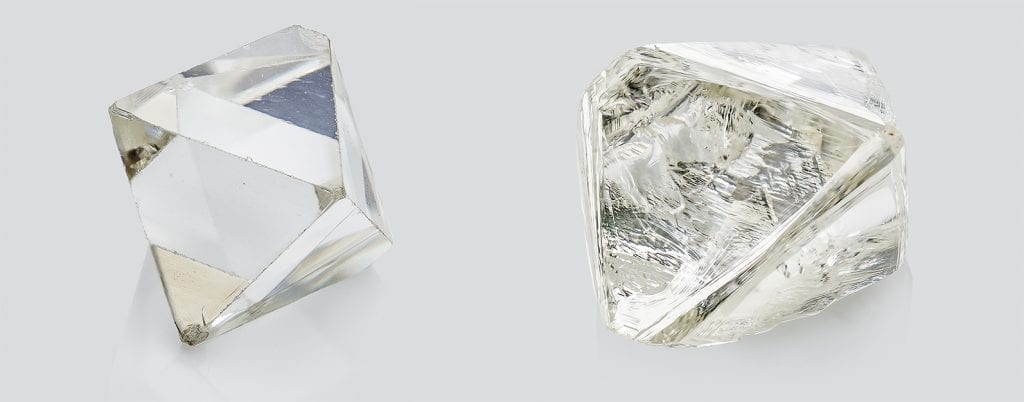
What is the difference between VVS1 and VVS2?
Not all VVS diamonds are created equal. Yup, there’s actually two sub-categories of diamonds in the VV’s. With very subtle differences, they are divided into VVS1 and VVS2. Higher in the scale, VVS1 diamonds generally have inclusions on the bottom or pavilion, while VVS2 diamonds have inclusions on the top(crown). But don’t worry, both are super tough to spot even with magnification. The naked eye won’t be able to tell the difference.
The type of inclusions in most VVS diamonds will always be insignificant things like pinpoints, clouds, internal graining or feathers.
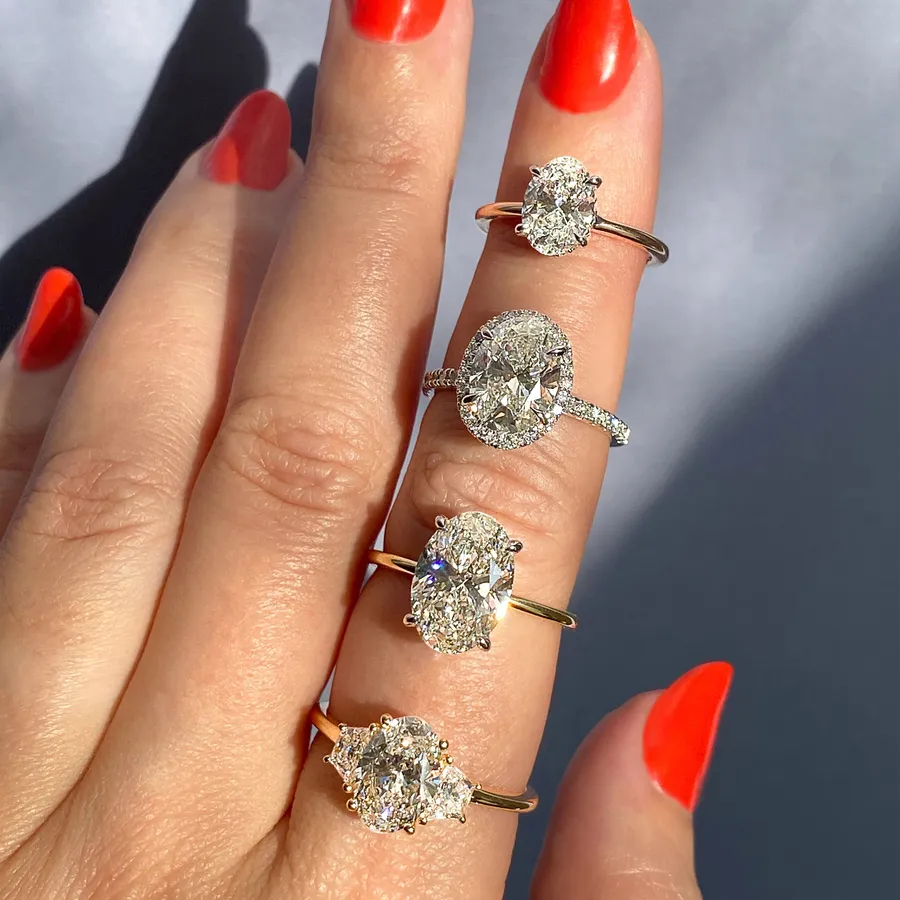
Why should you buy a VVS diamond
VVS diamonds are eye clean 100% of the time. This makes them very easy to shop online. VVS certified diamonds will not have easily visible inclusions under x10 magnification. It doesn’t matter if its a brilliant round, oval or princess cut – you won’t see them with the naked eye.
Shopping for a VVS diamond means you don’t have to spend hours sifting through certificates and media to find that one stone on a lower clarity grade with a spot in just the right place. VVS diamonds are all eye clean! Find more tips on buying the right diamond here.
Do VVS diamonds sparkle more?
Generally speaking, No. VVS refers to a clarity grade, not fire or sparkle. The characteristic mostly responsible for sparkle is Cut. Diamonds proportions have a significant influence on the sparkle of a diamond. Clarity can’t be ruled out entirely, as a severely included stone can impact on how the light is dispersed.
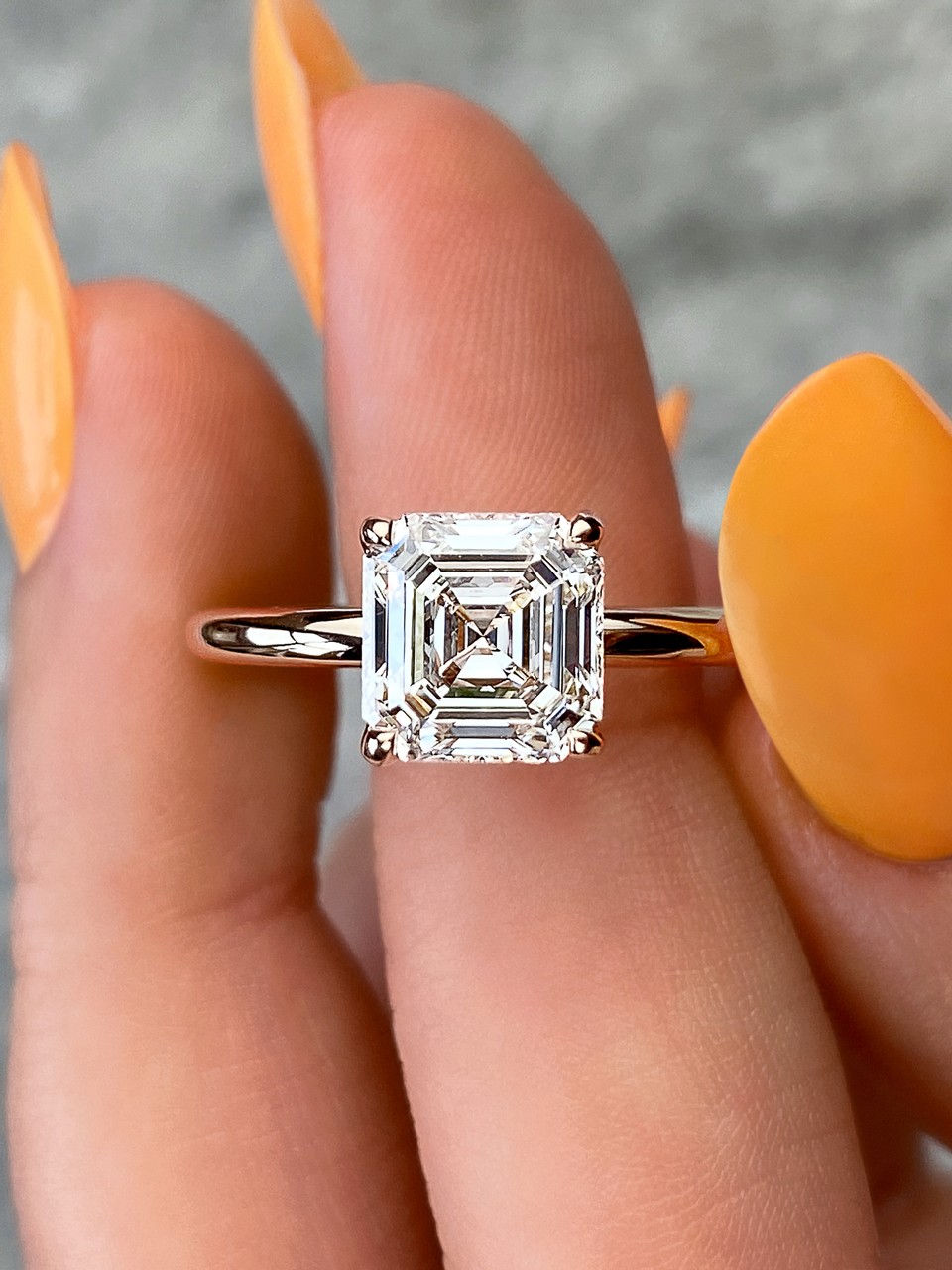
Buying Emerald or Baguette cut?
Commonly referred to as step cut diamonds, you will have to pay specific attention to these diamond shapes and their clarity. Inclusions in step cut diamonds are typically more visible than in other diamond cuts, such as round brilliants, as they have larger, open facets that allow light to penetrate deeper into the stone. This means that inclusions in step cuts can have a larger impact on the overall appearance of the stone, as they are more easily seen. VVS clarity grades are your friends here.
Shopping for a Big Rock?
This might be the exception when comparing 100% eye clean and the VVS clarity grade. The bigger the diamond, the more visible the inclusions. Larger stones have bigger facets making it easier to spot those small inclusions. Conclusion – Make sure to visually inspect these extremely valuable diamonds to make sure they don’t have blemishes visible.

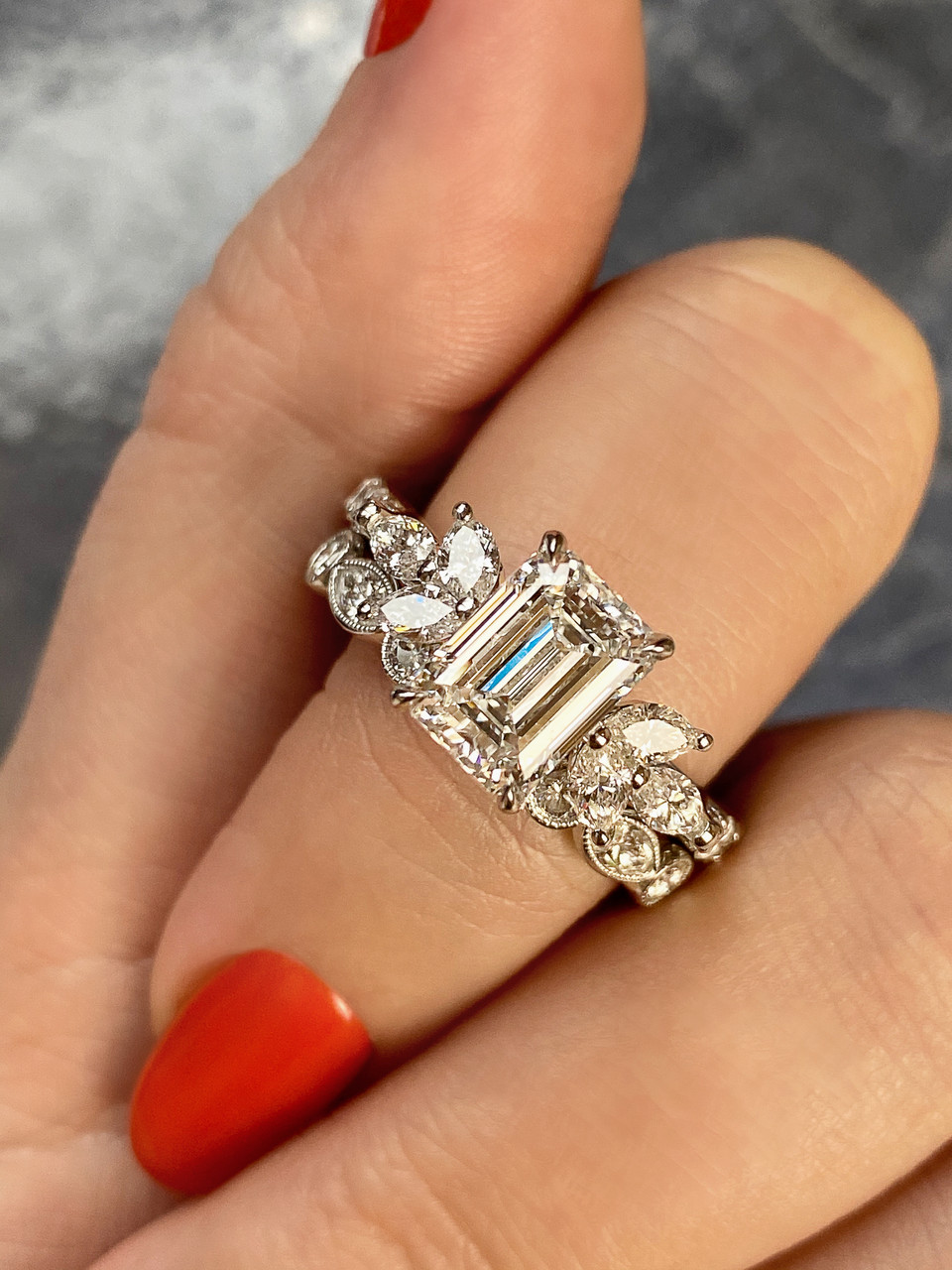
Sleepless nights over imperfections?
It is understandable to feel anxious about the imperfections in your diamond, as diamonds are often seen as a symbol of love and commitment and it can be disappointing to see flaws in such an important piece of jewellery. However, it is important to remember that most diamonds contain some degree of inclusions and blemishes, as these are natural occurrences in the formation of the stone. Imperfections attest to the authenticity of your diamond. If you prefer to propose with an internally flawless diamond, we will be glad to help you make that statement!
Do VVS diamonds look different than VS diamonds?
VVS (Very, Very Slightly Included) and VS (Very Slightly Included) diamonds are both considered to be high-clarity diamonds, with only minor inclusions that are not visible to the naked eye. The clarity grade might be minor, but the price difference can be significant. The differences in these two grades can only be spotted with a trained eye.

How can I be sure my diamond is eye clean if it’s not VVS?
Zoom videos make it really easy to find and place inclusions within the diamond. They also aid in up-selling higher clarity grades. Just remember! Those videos are made at a 40x-60x magnification. Under this enormous magnification, most diamonds will look like a no go. What’s the solution? Zoom Out!
We know this is hard to believe, but the exact same diamond without any magnification will hardly have any inclusions visible. In many cases, the enlarged video is very helpful. It takes quite a bit of practice to use a hand loop. So even if you were handed a diamond to inspect for inclusions, it would not be of much help to you.
What are the types of inclusions in a VVS diamond?
Inclusions in a VVS diamond are internal imperfections that can occur naturally during the formation of the diamond. There are various types of inclusions, including:
- Crystals: small mineral or diamond crystals that are visible under magnification.
- Feathers: cracks or breaks in the diamond that resemble feathers.
- Pinpoints: tiny, pin-like inclusions that can appear in clusters.
- Clouds: a group of small inclusions that create a hazy appearance.
- Bubbles: air or gas pockets that are trapped inside the diamond.
- Knots: inclusions that are visible on the surface of the diamond.
It’s important to note that the type and amount of inclusions in a diamond can affect its clarity and overall appearance, but this will vary based on individual preferences and opinions.
Are VVS diamonds worth it?
it for you personally depends on factors such as your budget and the importance you place on diamond clarity. Ultimately, the worth of a VVS diamond is determined by what you are willing to pay for it. However, this level of clarity also comes with a higher price tag compared to diamonds with a lower clarity grade. It’s important to thoroughly research and compare diamonds before making a purchasing decision to determine what is most important and valuable to you.
Want to buy a VVS diamond?
Head on over to our diamond search where you can see 360-degree images of your next diamond. Not many online stores offer you this great feature, but we figured its best not to get surprised. Inspect your next diamond from all angles.

